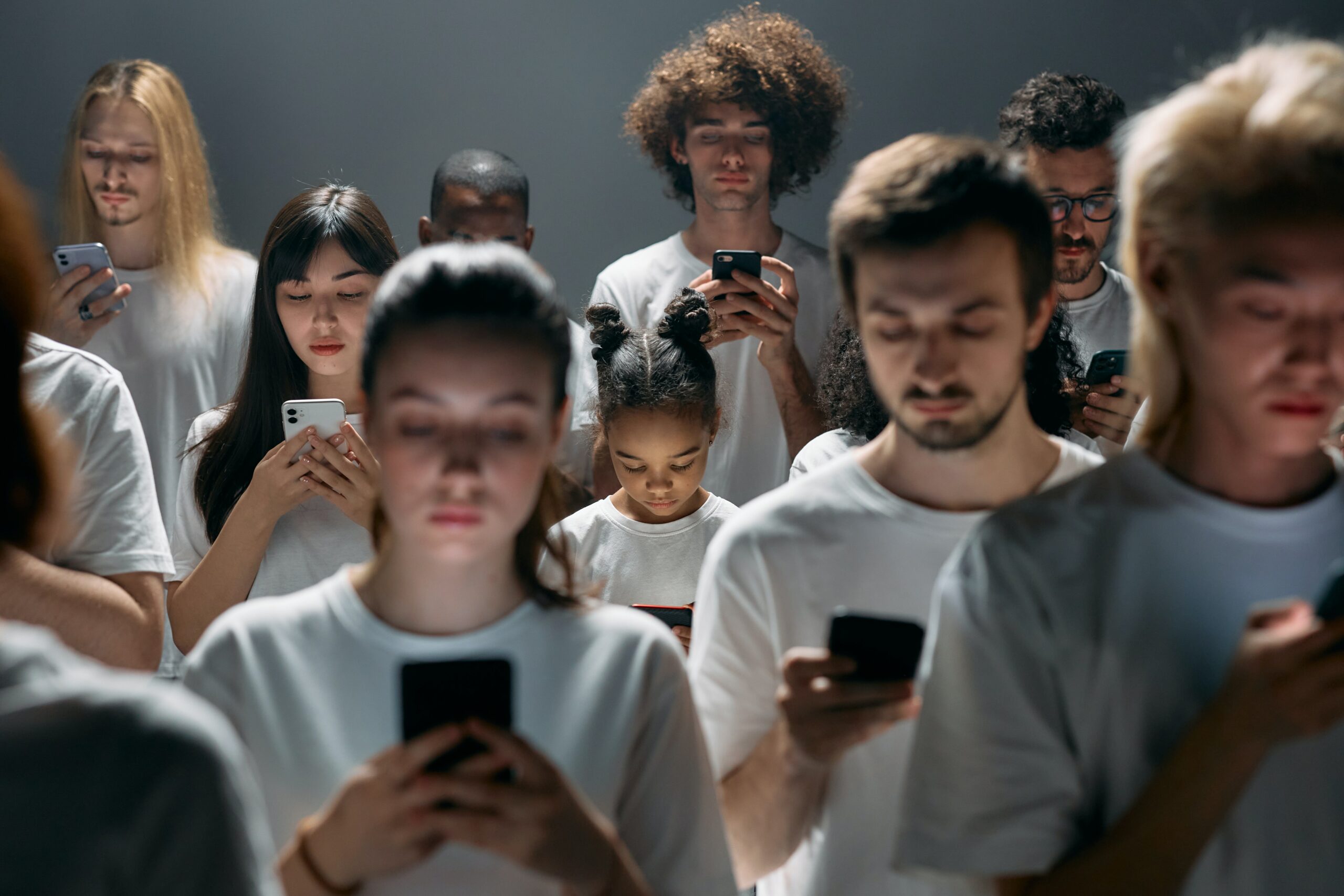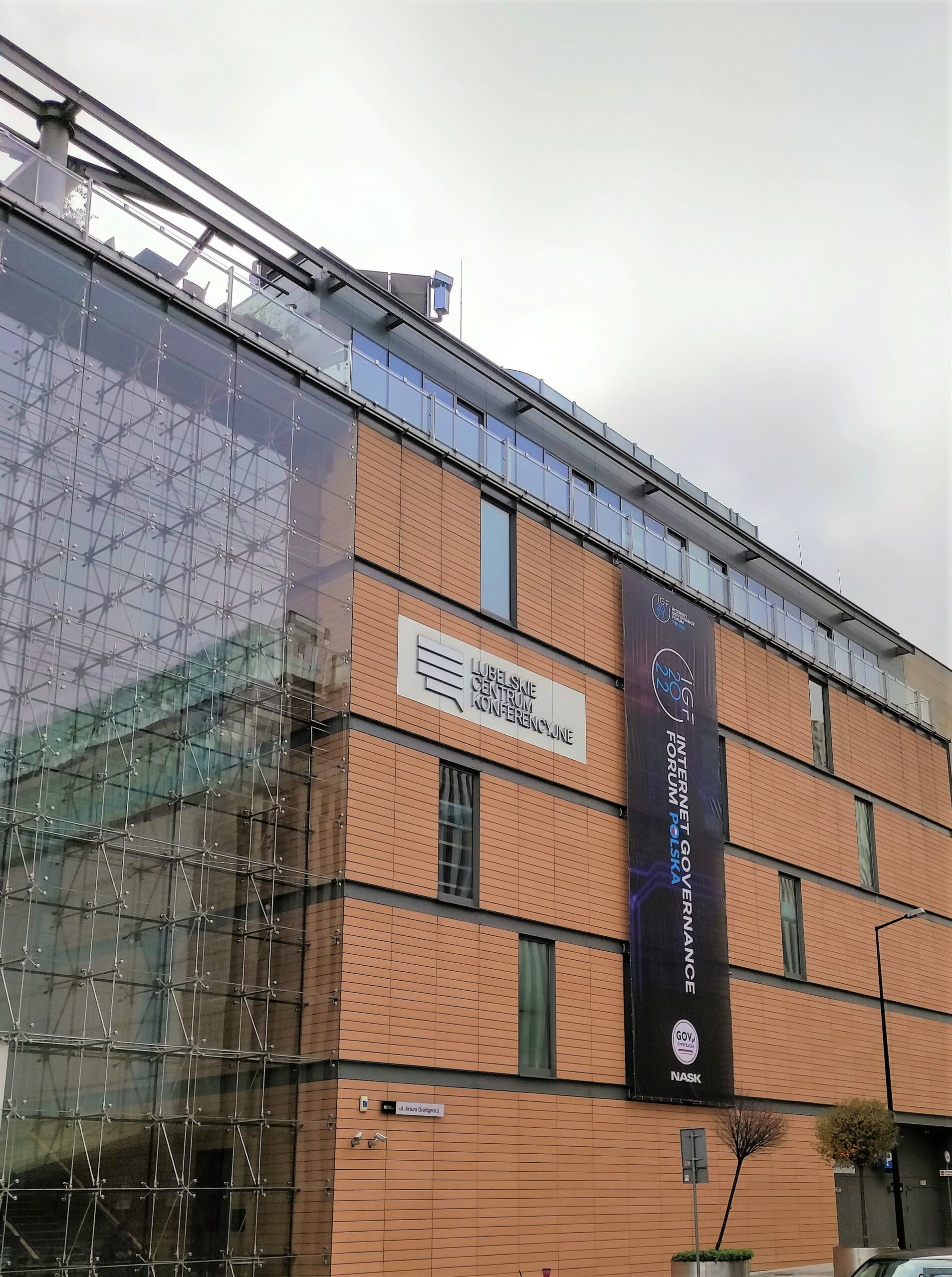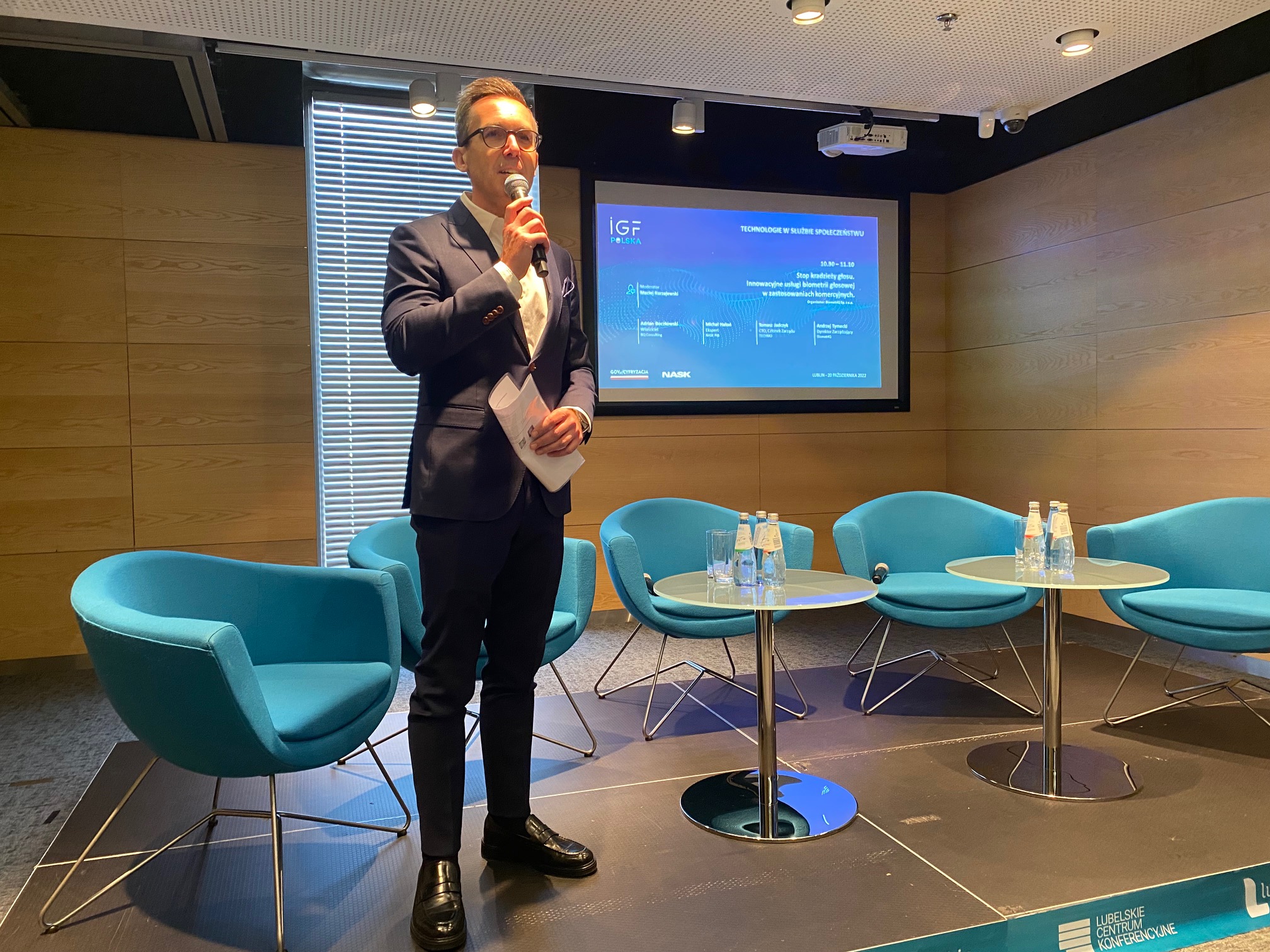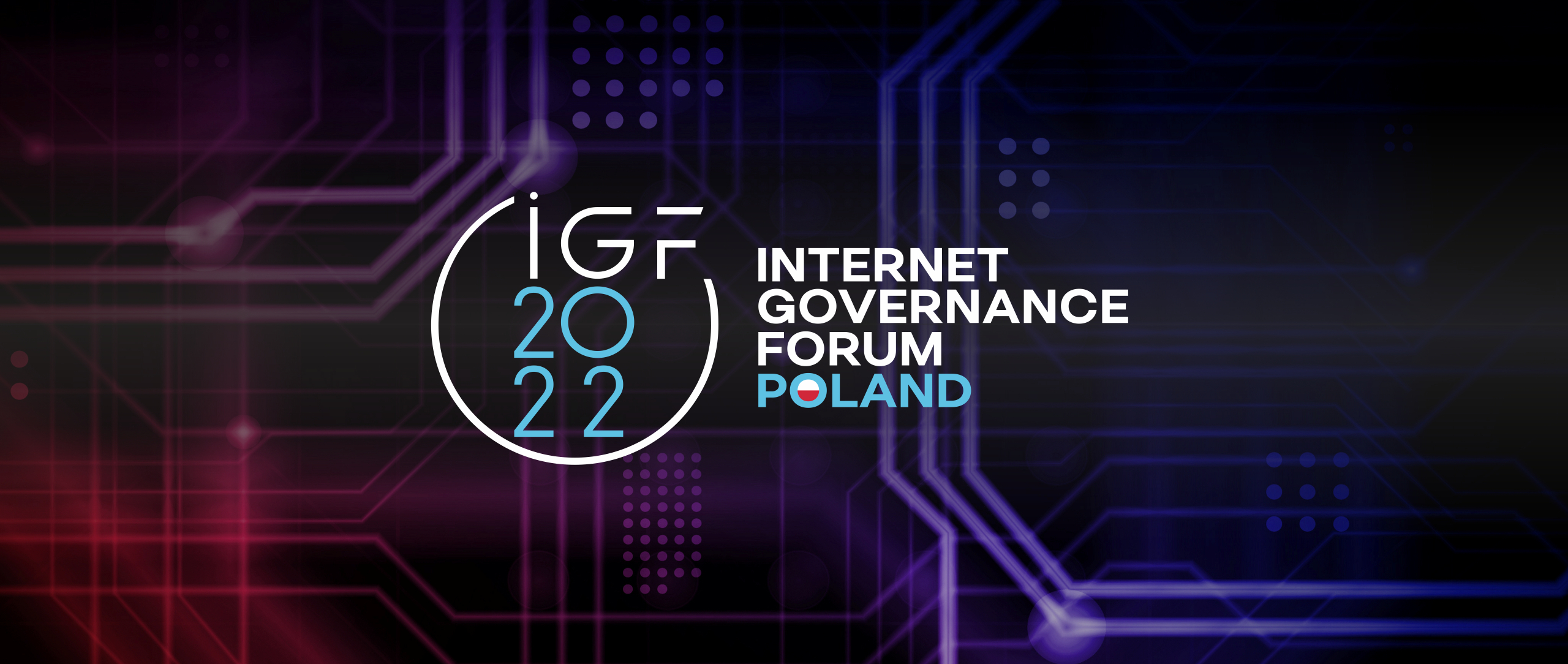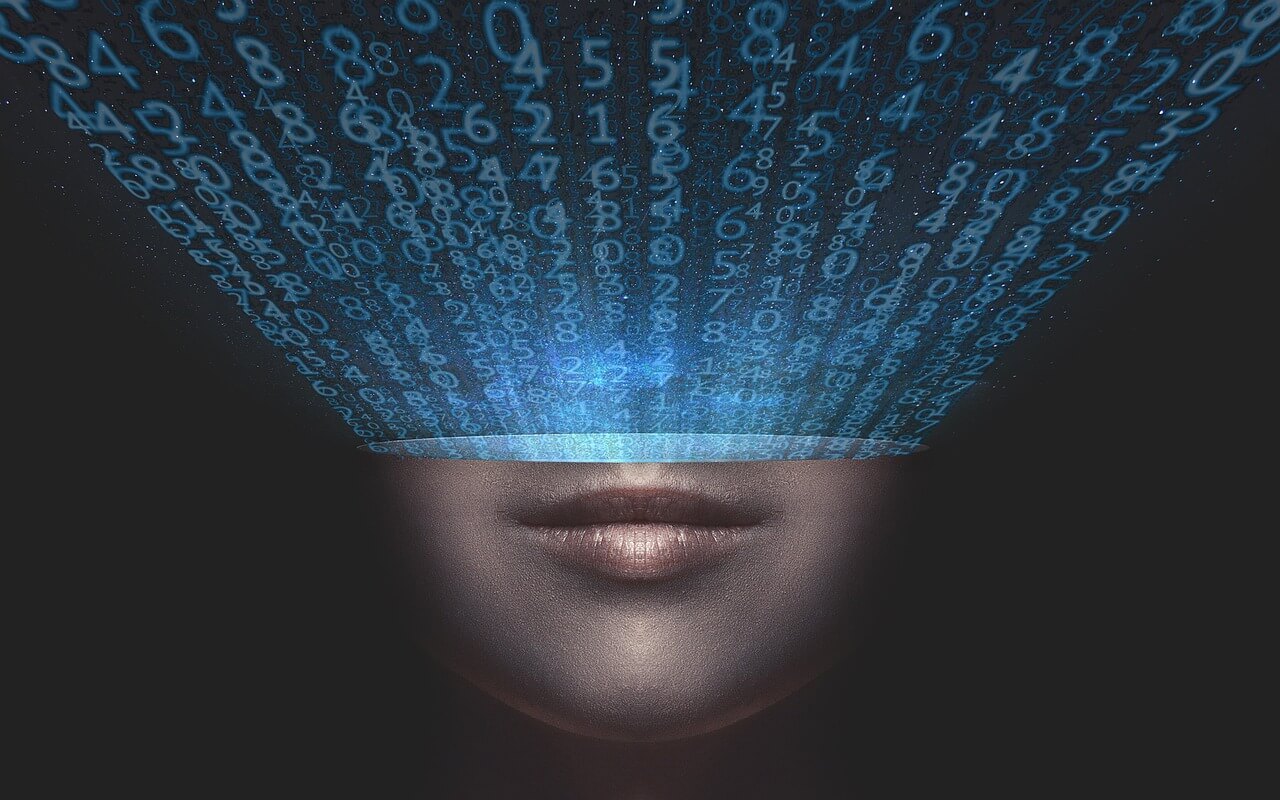BiometrIQ, a Lublin-based technology company, has selected ID R&D as its preferred vendor and strategic partner for identity verification and authentication. ID R&D’s unique technology will enable BiometrIQ to extend its portfolio of services and offer complete identity solutions that include award-winning voice biometricsand best-in-class frictionless facial and document liveness detection.
Businesses and government agencies spend trillions of dollars each year to prevent fraudulent transactions. Thousands of companies aim to replace legacy password-based authentication systems with next-generation biometrics-based technologies. Biometric authentication uses one’s inherent and unique physical and behavioural characteristics, such as face, voice, or fingerprint to verify their identity.
Biometric authentication is being rapidly adopted due to its security advantages, high reliability, and ease of use as compared to methods such as passwords. Since customers value flexibility in their authentication methods, it is important to provide them with a range of biometric alternatives.
“By incorporating ID R&D identity verification and authentication technologies into our portfolio of biometric subsystems, we are able to broaden the capabilities of our solution with best-in-class technologies that have demonstrated top-ranking performance in international challenges,” says Andrzej Tymecki, COO at BiometrIQ.
“Our customers increasingly favour virtual meetings as an outcome of recent years of COVID-related contact restrictions. Remote work opens new perspectives and advantages but also calls for new authentication methods,” adds Paweł Michocki, CEO at BiometrIQ. “Thanks to this strategic alliance with ID R&D, we are able to provide the Polish market a wide range of biometric solutions that are more secure and also more convenient. Our customers will certainly benefit from the alliance.”
“ID R&D is proud to partner with BiometrIQ – one of the fastest-growing biometric companies in Poland – to reach more customers with frictionless biometric security,” commented Alexey Khitrov, CEO and Co-Founder of ID R&D. “Our IDLive® facial liveness and document liveness detection products enable BiometrIQ to protect against critical attack vectors without complicating the user experience. Our IDVoice® product includes a rich feature set and has ranked first in accuracy in several recent speaker verification algorithm challenges.”
About BiometrIQ
BiometrIQ is Lublin based technology start-up, focused on advanced biometric technologies. The company runs numerous research projects aiming at development of new methods to fight fraudulent attacks in voice biometric systems. BiometrIQ activity covers complete value chain from tests and analysis to implementation of biometric systems. More at www.biometriq.pl
About ID R&D
ID R&D, a Mitek company, is an award-winning provider of AI-based voice and face biometrics and liveness detection. With one of the strongest R&D teams in the industry, ID R&D consistently delivers innovative, best-in-class biometric capabilities that raise the bar in terms of usability and performance. Their proven products have achieved superior results in industry-leading challenges, third-party testing, and real-world deployments in more than 60 countries. ID R&D’s solutions are available for easy integration with mobile, web, messaging, and telephone channels, as well as in smart speakers, set-top boxes, and other IoT devices.ID R&D is based in New York, United States. Learn more at www.irrnd.ai
Mitek (NASDAQ: MITK) is a global leader in digital access, founded to bridge the physical and digital worlds. Mitek’s advanced identity verification technologies and global platform make digital access faster and more secure than ever, providing companies new levels of control, deployment ease and operation, while protecting the entire customer journey. Trusted by 99% of U.S. banks for mobile check deposits and 7,500 of the world’s largest organizations, Mitek helps companies reduce risk and meet regulatory requirements. Learn more at www.miteksystems.co



